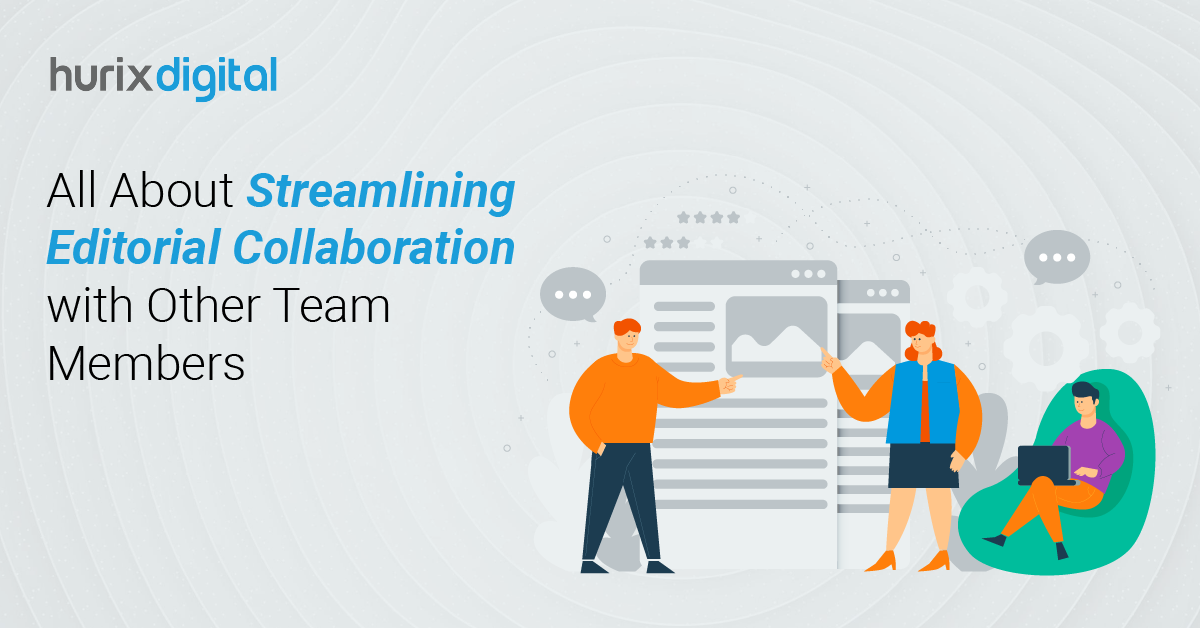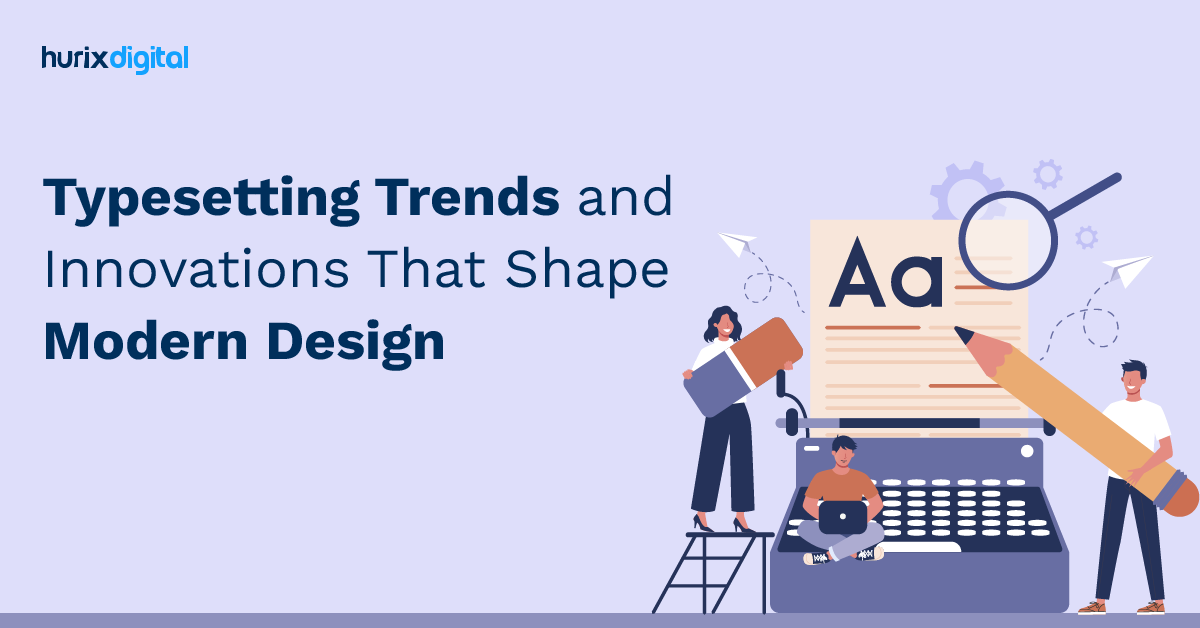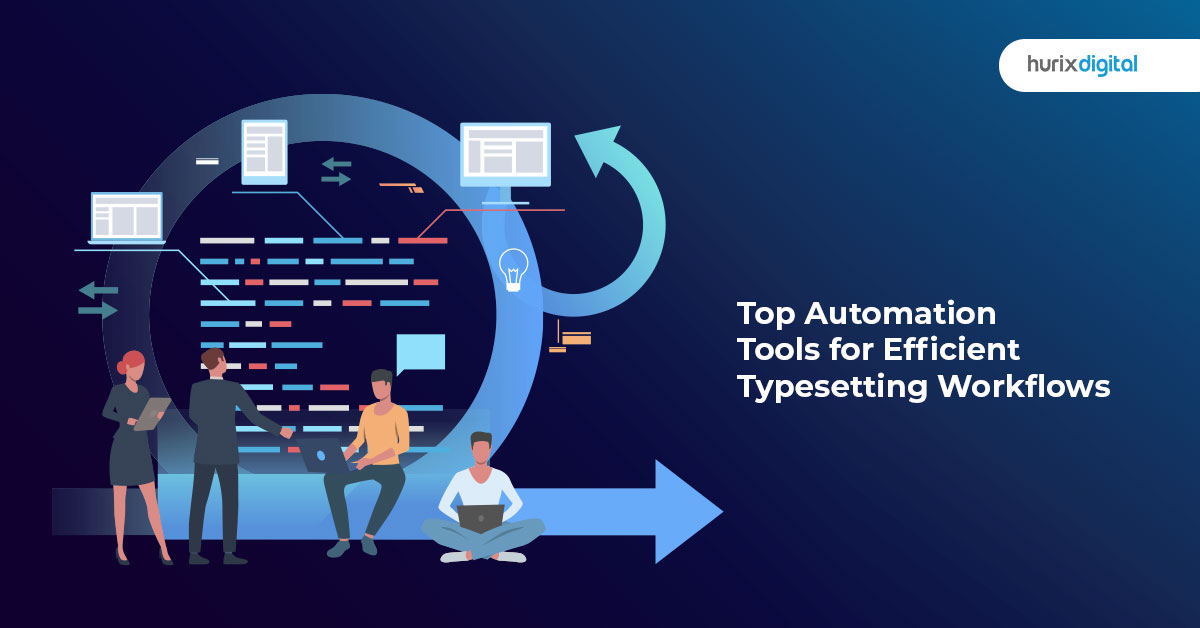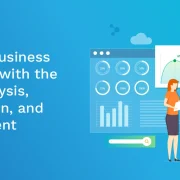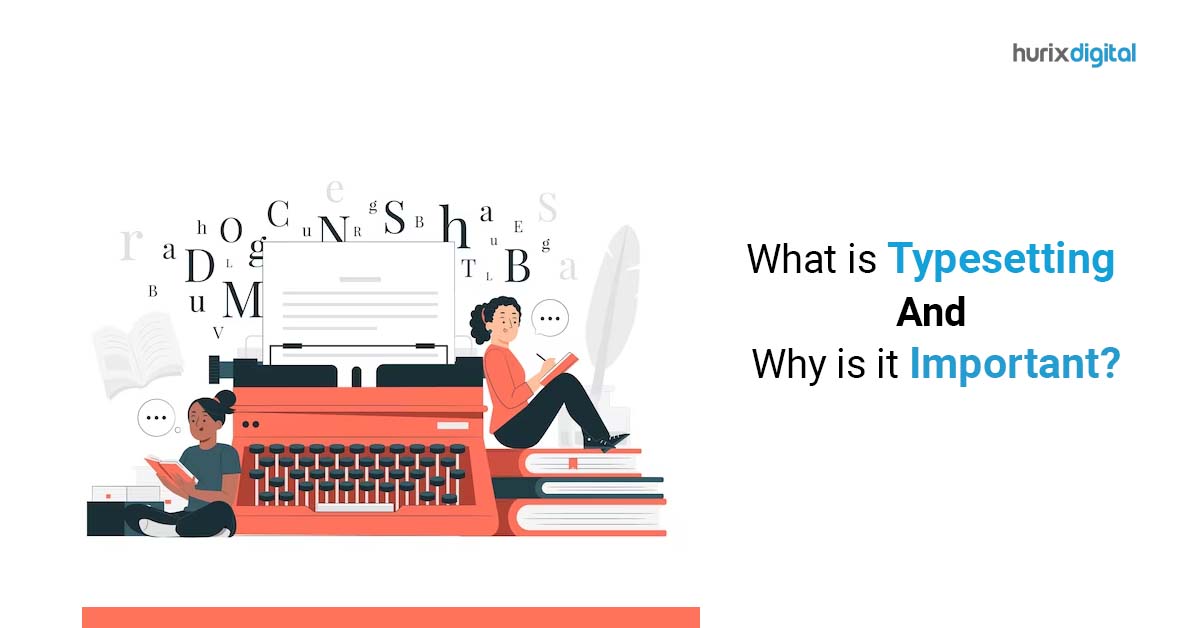
What is Typesetting and Why is it Important?
Summary
Read all about the importance of typesetting in publishing, focusing on how it impacts the readability, aesthetics, and overall quality of printed and digital content.
Journal typesetting is the process of formatting and arranging the content of a journal article or publication so that it appears visually appealing, readable, and professional. This includes selecting fonts, adjusting margins, setting line spacing, and positioning graphics and tables within the text.
Table of Contents:
- What is Typesetting?
- Significance of Typesetting
- Current Trend of Journal Typesetting
- LaTex Typesetting
- Open Access Journals
What is Typesetting?
Typesetting is a vital step in the publishing process because it ensures that the final product is easy to read and understandable, and meets the standards of the journal or publication. A well-typeset article can also enhance the credibility and reputation of the author and the journal.
In the past, typesetting was done manually, but today it is typically done using specialized software such as LaTeX, Arbortext Advanced Print Publisher, or Adobe InDesign. These programs allow for precise control over the layout and design of the text and can handle complex mathematical equations, symbols, and other special characters that are often found in scientific and academic writing.
Overall, journal typesetting is an essential part of the publishing process that helps to ensure that the content of a journal article or publication is presented in a clear, consistent, and professional manner.
Significance of Typesetting
Typesetting is a crucial service for publishers because it plays a significant role in the overall presentation and readability of the content. Investing in a professional typesetting service can help publishers to produce high-quality publications that engage readers and stand out in the market.
Here are some reasons why typesetting is important for a publisher:
- Enhances readability: Typesetting involves careful selection of font, font size, line spacing, margins, and other formatting elements to improve the readability of the text. Proper typesetting makes it easier for readers to engage with the content, reducing the risk of errors, misinterpretations, or confusion.
- Increases the aesthetic appeal: Typesetting can make the difference between an attractive book and a cluttered one. The choice of font, spacing, and layout can significantly affect the aesthetic appeal of the final product. Good typesetting adds visual interest, and it can help to distinguish the content from similar publications.
- Provides consistent formatting: Typesetting ensures that the formatting of the content is consistent throughout the book or publication. Consistency helps readers to navigate through the material with ease, and it reinforces the branding and identity of the publisher.
- Improves the production process: Proper typesetting can streamline the production process, reducing errors and the need for costly revisions. It also helps to ensure that the publication is compatible with various digital and print formats.
Current Trend of Journal Typesetting
As of date, there were several recent updates in journal typesetting:
- Increased use of digital typesetting tools: Many journals are transitioning from traditional print-based typesetting to digital typesetting tools like LaTeX, Overleaf, and Manuscripts. These tools allow for more efficient and customizable typesetting, as well as easier collaboration between authors and editors.
- Open-access requirements: Many funding agencies and institutions are requiring researchers to publish their work in open-access journals or make their work freely available. This has led to an increase in the number of open-access journals and changes in their typesetting practices.
- Standardization of article structure: Many journals are adopting a standardized structure for articles, including a title page, abstract, introduction, methods, results, discussion, and references. This helps to improve the readability and consistency of articles.
- Increased use of visual elements: Journals are incorporating more visual elements, such as tables, figures, and diagrams, to help illustrate key points and improve understanding.
- Emphasis on accessibility: Journals are making efforts to ensure that their typesetting is accessible to readers with disabilities. This includes using appropriate fonts, color schemes, and formatting, as well as providing alternative text for images and videos.
E-Book:
Hurix Mini-Book: PrePress Tips You Won’t Find Anywhere Else
LaTex Typesetting
LaTeX typesetting (pronounced “lay-tek” or “lah-tek”) is a system and markup language that is often used for scientific and technical documents. It was developed in the 1980s by Leslie Lamport and is now widely used in academia and publishing.
Unlike word processors like Microsoft Word, LaTeX uses plain text files with markup codes to define the structure and formatting of a document. This approach provides more control and consistency over the appearance of a document, particularly with complex mathematical equations and scientific symbols.
LaTeX is particularly popular in fields such as mathematics, physics, and computer science, where there is a need for complex typesetting and formulas. It is also used in the production of technical and scientific documents such as research papers, theses, and books.
LaTeX is free and open-source software, and there are many resources available online for learning how to use it. Many publishers and journals provide LaTeX templates for authors to use when submitting manuscripts, and there are also many tools available for collaborative editing and sharing of LaTeX documents, such as Overleaf and ShareLaTeX.
Open Access Journals
An open-access journal is a scholarly journal that provides unrestricted access to its articles online. In other words, readers can access and download the articles without paying for a subscription or purchasing individual articles.
Open-access journals make scientific and scholarly research more accessible to a wider audience, including researchers, students, and the general public. This can lead to increased visibility and impact of research, as well as more opportunities for collaboration and knowledge sharing.
There are two main types of open-access journals:
- Gold open-access journals: These are fully open-access journals that make all of their articles freely available to readers immediately upon publication. The cost of publication is usually covered by charging authors article processing fees, which can vary depending on the journal.
- Green open-access journals: These are traditional subscription-based journals that allow authors to deposit a version of their article in a publicly accessible repository, such as an institutional repository or a subject-specific repository, after a certain embargo period. This allows readers to access the article for free after the embargo period has ended.
Open-access journals can be found in almost all fields of study, and are often identified by an “open access” or “OA” label in their title or description. Some examples of well-known open-access journals include PLOS ONE, eLife, and the Directory of Open Access Journals (DOAJ).
Related Article: Benefits of Automating Typesetting Processes for Publishers and Designers

Vice President – Content Transformation at HurixDigital, based in Chennai. With nearly 20 years in digital content, he leads large-scale transformation and accessibility initiatives. A frequent presenter (e.g., London Book Fair 2025), Gokulnath drives AI-powered publishing solutions and inclusive content strategies for global clients

